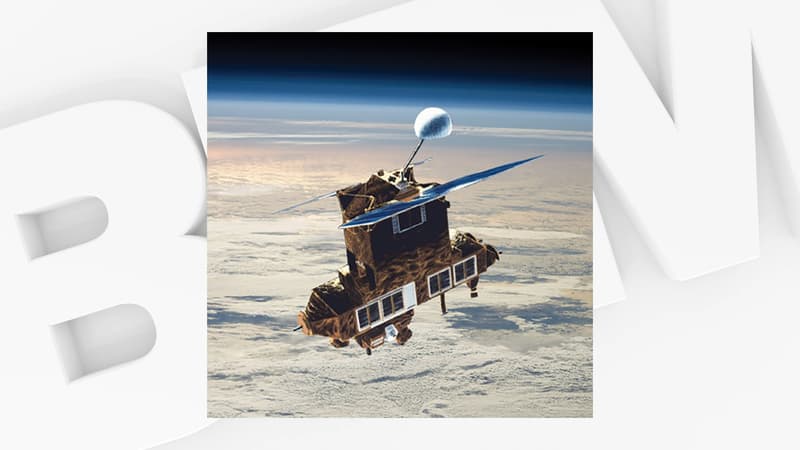A decommissioned NASA satellite has re-entered Earth’s atmosphere after spending more than 38 years in orbit around the blue planet, the US space agency said in a statement carried by various outlets, including CNN.
The Earth Radiation Budget Satellite, known as ERBS, was launched on October 5, 1984 via the Space Shuttle Challenger. Its mission was to study how the Earth absorbed and transmitted the energy emitted by the Sun. The data collected by the ERBS also made it possible to measure the thickness of the ozone layer, but also the amount of water vapour, nitrogen dioxide and aerosols in the Earth’s stratosphere.
One of the instruments on board the satellite, the Stratospheric Aerosol and Gas Experiment II (SAGEII), collected valuable data confirming ozone depletion on a global scale. An awareness that led to the establishment of the Montreal Protocol to protect this part of the stratosphere.
A useful life 10 times longer than expected
The aircraft re-entered Earth’s atmosphere over the Bering Sea at 11:04 p.m. Eastern North American time. Neither NASA nor the United States Department of the Army have specified whether or not the ERBS completely disintegrated during its re-entry into the atmosphere.
Initially deployed for a life of two, the ERBS was finally operational until 2005, that is, for 21 years.
Source: BFM TV


